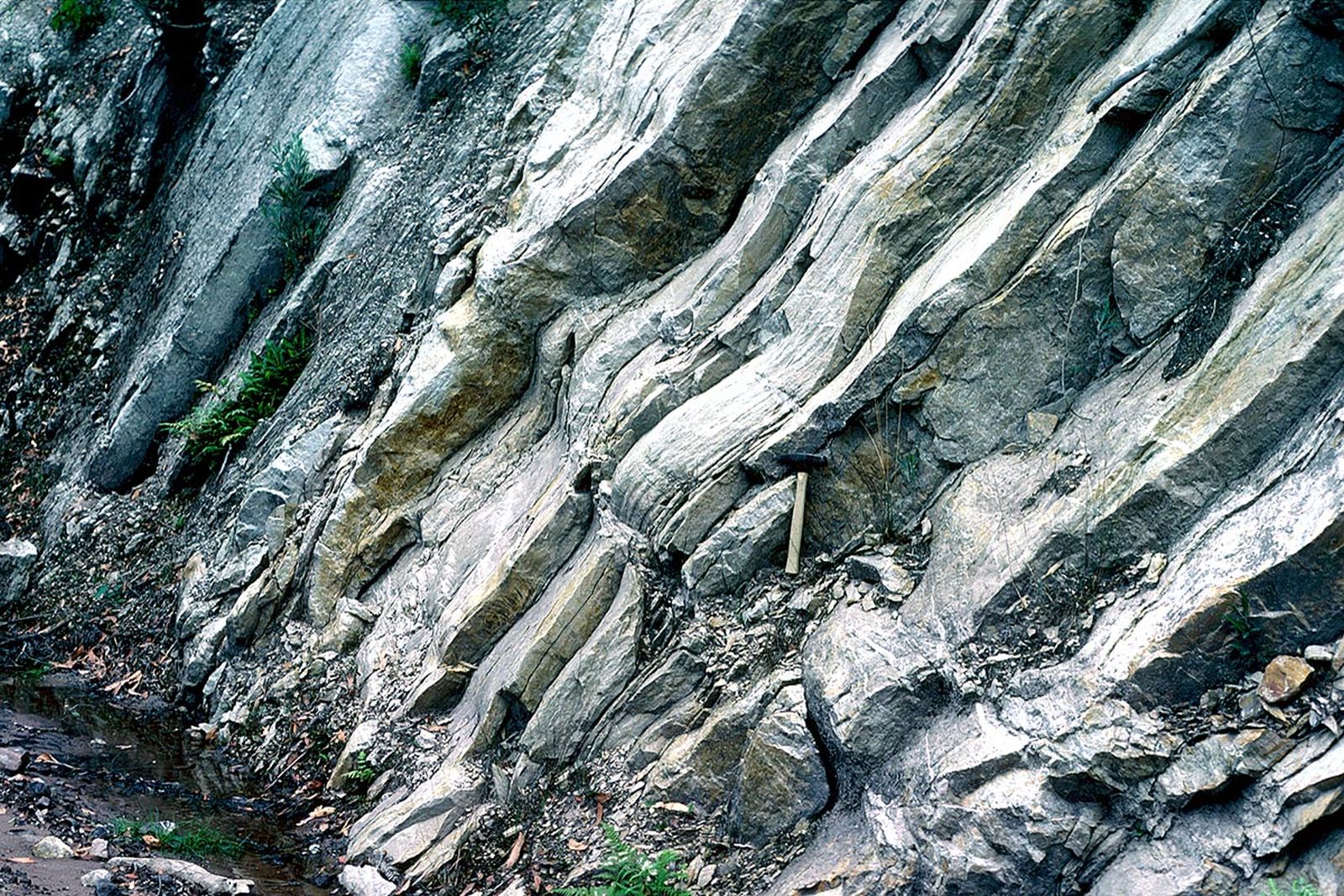Laboratory Services
Mineral Resources Tasmania (MRT), Department of State Growth, provides analytical services at its laboratories in Mornington, southern Tasmania. They support internal and external clients from various industries including geological, engineering, environmental, mining and quarrying.
Analytical techniques include X-Ray Diffraction (XRD), X-Ray Fluorescence (XRF), Nondispersive Infrared (NDIR), petrography (ore and general), asbestos, and soil and aggregate analysis (see below).
MRT is also in the process of establishing new NATA accredited geotechnical services to support the quarrying and engineering industries.
Please contact the Laboratory Manager to enquire about our laboratory services.
Download the submission form and list of laboratory service costs (XLSX 193.9 KB).
XRF
Soil, rock, mineral and other inorganic samples can be analysed for trace elements on a pressed pellet, and major elements on a fused disc, in a Bruker S8 TIGER, with proprietary Bruker software and a series of commercial standards.
Elements and compounds analysed:
In Wt.%: LOI, SiO2, TiO2, Al2O3, Fe2O3 (total), MnO, MgO, CaO, Na2O, K2O, P2O5
In ppm: As, Ba, Bi, Ce, Co, Cr, Cs, Cu, Ga, La, Mo, Nb, Nd, Ni, Pb, Rb, Sb, Sc, Sn, Sr, Th, U, V, W, Y, Zn, Zr
NDIR
The carbon and sulphur contents of soil, rock and other samples can be determined by Nondispersive infrared (NDIR) analysis using a Bruker G4 Icarus analyser.
XRD
Soil, rock and mineral samples, and many synthetic inorganic materials, can be analysed for their mineralogy/phase identification on a Rigaku Miniflex 600 X-Ray Powder Diffractometer system. It is possible to provide quantitative results for common mineral assemblages and these are calculated using the Siroquant software (a Rietveld analysis using the ICDD database).
Soil tests
Soil samples can be tested for various physical properties, mostly relating to construction suitability and geohazards, and include: Atterberg Limits, Emerson Dispersion, Particle Size Distribution, and Moisture Content.
Asbestos Tests
Rocks, soils, dusts, building and industrial materials can be tested for asbestos content, with determination of the asbestos type, using normal and polarised light microscopy and XRD.
Lapidary and Petrology
Rock, gravel, dust and sand samples can be examined for their mineral composition and texture through thin-section analysis using polarised transmitted light microscopy or through polished samples to study ore minerals using polarised reflected light microscopy. The thin sectioning and polishing are currently done at the University of Tasmania. We also routinely conduct electron microscopy studies (SEM-EDS, geochronology, LAICPMS and MicroProbe) at the University facilities.
Construction material studies
Rock, gravel, sand, slag, concrete and other similar sample types can be examined for their suitability for construction purposes, including potentially acid forming (PAF) assessments, Alkali-aggregate reactivity (AAR) potential, secondary mineral content, quartz content, and many hazardous components, using XRD, XRF, optical microscopy and other methods.
Other
Many other miscellaneous tests can be conducted on geological and similar materials, including sample preparation (sawing, crushing, etc), density, porosity, heating and chemical treatments, quartz and asbestos in dusts for occupational health studies, etc.
Contact: Laboratory Manager
Telephone: 61 3 6165 4726
E-Mail: MRT-Laboratories@stategrowth.tas.gov.au
Postal address: 93 Mornington Rd, Mornington, Tas 7018
